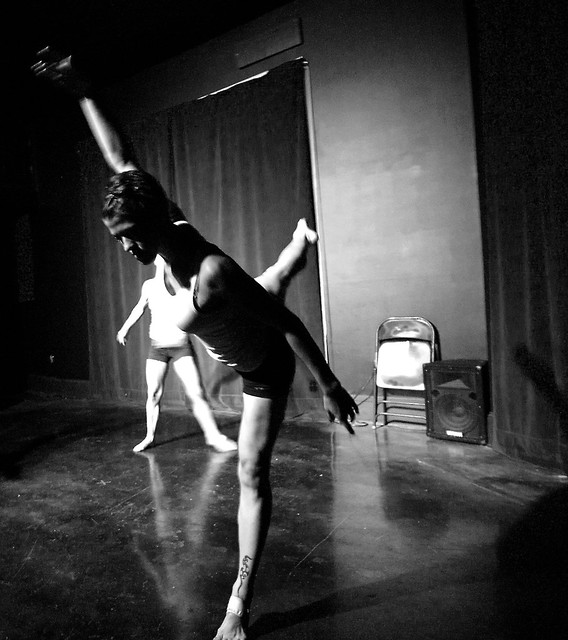Why Free Lessons Aren’t Really Free
I had a friend ask me the other day whether they should charge for lessons in their dance organization.
My answer is almost unanimously “Yes!” and there are very few reasons to not charge for a lesson.
“But dance should be free for all,” or at least such-and-such dance should, is generally the response to charging for lessons.
The debate over free has raged along especially in the rise of digital tools, communities and services that are free or nearly free; what that means and so on has been of much discussion and vitriol on all sides. Something I don’t intend to delve into (regarding digital media).
The thing most people don’t realize is that free lessons are never free, as in gratis. Hosting a dance lesson requires work that take time, effort and skill.
- Dance Expertise
- Teaching Expertise
- Organizational Work
- Promotion Work
Dance instruction does not materialize out of thin air, even if you teach on a street corner to a group of friends (which is usually not the case).
Someone has to perform the instruction, hopefully with years of dance experience, while someone needed to have organized the space and time and managed the responses to promotion and inscription, while promotional materials had to have been created and distributed.
This work is not free, even if it is not paid for in dollars it is paid for in time, skill and effort. This is the cost of a free lesson even if no one gets paid.
Even if your lesson is free for the students, they are not free for everyone. Someone is paying the cost.
This is just one reason I nearly always advocate charging for lessons.
People are more invested when they pay for something, thus more attentive students who are more likely to continue on. Teachers and staff feel compensated for their time and effort which gives them the freedom to invest more into creating an exceptional class. Invested students, teachers and staff means better classes for everyone.
Unless you are willing to teach, organize, promote and dance as charity, which is valuable in its own right on occasion, I recommend sticking to charging for your lessons.




 Do It, Don’t Watch Yourself Do It
Do It, Don’t Watch Yourself Do It